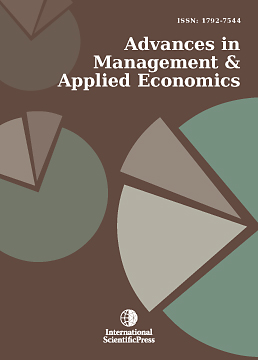Advances in Management and Applied Economics
Research on differences and influencing factors of inclusive green development in Beijing-Tianjin-Hebei region
-
 [ Download ]
[ Download ]
- Times downloaded: 8919
Abstract
Inclusive green development (IGD), adhering to harmonious between human and nature, is a sustainable approach pursuing economic growth, social equity, achievement sharing and ecological environment. This study takes the Beijing-Tianjin-Hebei (BTH) region as an example. After systematically sorting out the connotation of IGD, more comprehensive resource and environmental indicators are added to build an evaluation system. The entropy weight and material flow analysis method are used to study the time series characteristics of the level of IGD in BTH from 1992 to 2021, and the differences and the influencing factors among the three places are analyzed by the Theil index. The results show that: (1) The level of IGD in BTH showed a steady upward trend. (2) The Theil index curve of BTH has undergone an inverted "U"-shaped change, and has initially reached regional coordination in recent years. (3) Issues of social life as well as resource and environment, having surpassed economic issues, become main causes of differences in BTH. (4) The gaps in indicators such as industrial structure and scale, social security, information and technology popularization, natural resources, and ecological restoration ability fluctuate greatly. The gaps in population development, information popularization and environmental governance are decreasing rapidly, while industrial structure, urbanization and natural resources are increasing rapidly, deserving more concentration.
Keywords: Inclusive green development, Beijing-Tianjin-Hebei coordination, Entropy weight method, Theil index, Obstacle analysis, Regional differences analysis.
